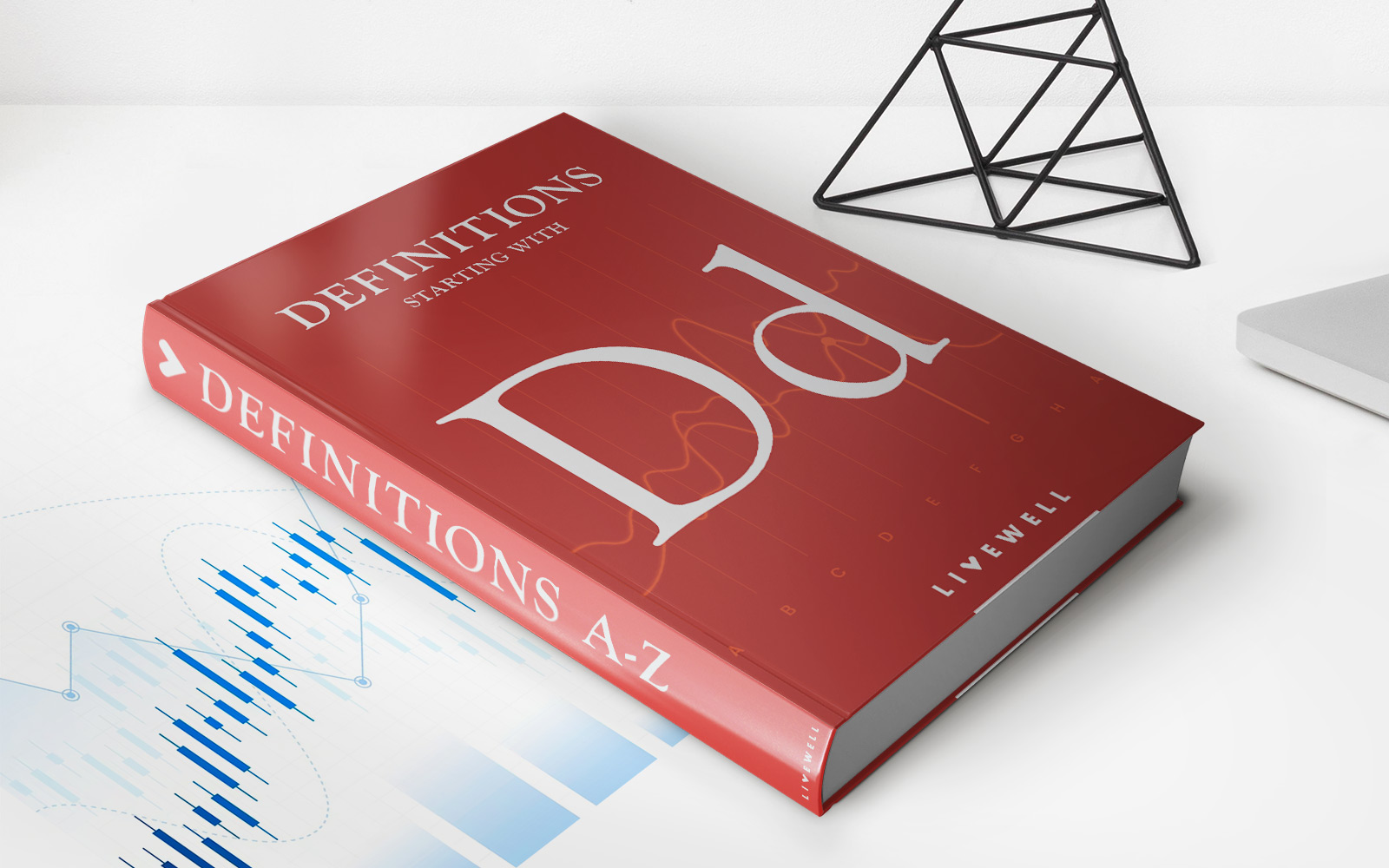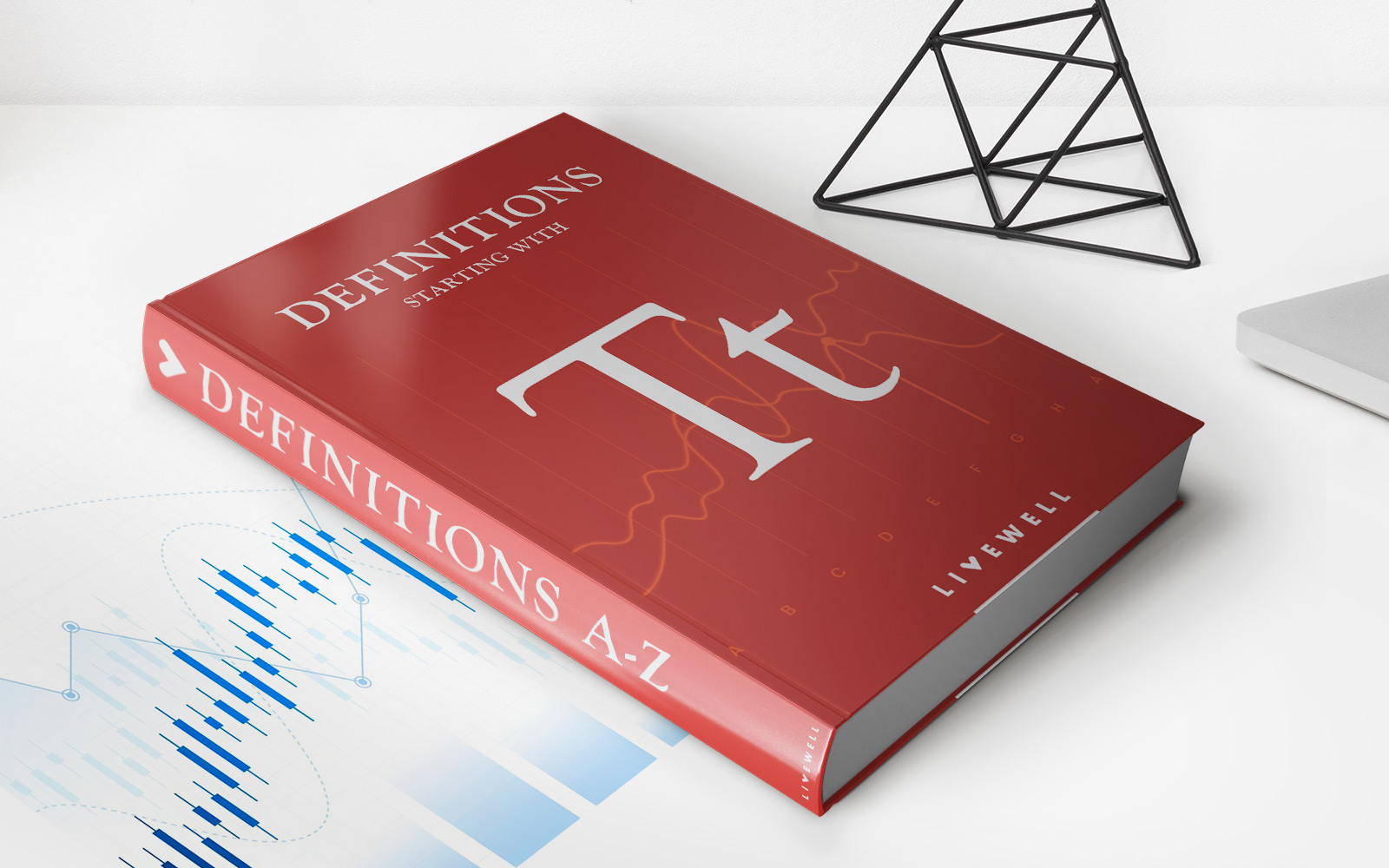Home>Finance>Deadweight Loss Of Taxation: Definition, How It Works And Example


Finance
Deadweight Loss Of Taxation: Definition, How It Works And Example
Published: November 8, 2023
Learn about the definition, mechanisms, and examples of deadweight loss of taxation in finance. Understand how it impacts the economy and individuals.
(Many of the links in this article redirect to a specific reviewed product. Your purchase of these products through affiliate links helps to generate commission for LiveWell, at no extra cost. Learn more)
Deadweight Loss Of Taxation: Definition, How It Works and Example
When it comes to understanding the complex world of finance, it’s important to familiarize yourself with key concepts that can impact various aspects of the economy. One such concept is the deadweight loss of taxation. In this blog post, we will explore the definition of deadweight loss of taxation, how it works, and provide you with a real-life example to better illustrate its impact on the economy.
Key Takeaways:
- The deadweight loss of taxation refers to the economic inefficiency that occurs when the overall benefits to society are reduced as a result of taxes.
- This loss occurs due to the changes in behavior and market outcomes caused by the imposition of taxes, leading to a loss of potential economic activity.
What is Deadweight Loss of Taxation?
Deadweight loss of taxation is a concept that describes the economic inefficiency caused by the imposition of taxes. When taxes are levied on goods, services, or income, it alters the behavior of individuals and businesses, resulting in a suboptimal allocation of resources and a reduction in overall welfare.
To put it simply, deadweight loss occurs when the costs of taxation outweigh the benefits, leading to a loss of potential economic activity. This loss arises because taxes distort incentives and lead to changes in consumer and producer behavior, causing markets to become less efficient.
How Does Deadweight Loss of Taxation Work?
Deadweight loss of taxation can be understood by examining its impact on market outcomes. When a tax is imposed, it effectively increases the cost of production or consumption for individuals or businesses. As a result, consumers may choose to purchase less of a taxed good or service, and producers may reduce the quantity supplied.
This change in behavior leads to an undesirable outcome where potential economic gains are not realized. Consumers and producers who would have transacted at a lower cost or in higher quantities without the tax are deterred from doing so, decreasing overall economic welfare.
The size of the deadweight loss is influenced by the price elasticity of demand and supply. When the demand or supply for a good or service is relatively inelastic (meaning it does not respond strongly to changes in price), deadweight loss tends to be larger. In contrast, when demand or supply is relatively elastic (responsive to price changes), the deadweight loss is smaller.
An Example of Deadweight Loss of Taxation
Let’s consider a real-life example to better illustrate the concept of deadweight loss of taxation. Imagine a government decides to impose a tax on cigarettes to discourage smoking and generate revenue. As a result, the price of cigarettes increases, deterring some potential buyers and reducing the quantity demanded.
In response to the tax, some consumers may decide to quit smoking altogether, while others may seek out alternatives such as nicotine patches or vaping. On the supply side, cigarette manufacturers may reduce their production or explore ways to minimize the impact of the tax on their profits.
The deadweight loss of taxation in this scenario occurs because the tax reduces overall consumer satisfaction. It prevents some smokers who would have been willing to pay the pre-tax price from purchasing cigarettes, resulting in forgone economic gains. Furthermore, resources are diverted to the production of alternatives like nicotine patches, which may not be as efficient or desirable for all consumers.
Conclusion
The deadweight loss of taxation is an important concept to understand in the world of finance. It highlights the economic inefficiency that occurs when taxes distort incentives and lead to changes in consumer and producer behavior. By being aware of this concept, policymakers and individuals can better evaluate the costs and benefits of tax policies and strive for more efficient and equitable economic outcomes.
Remember, deadweight loss occurs when the costs of taxation outweigh the benefits, resulting in forgone economic gains. Understanding this concept can help you navigate the complexities of taxation and its impact on the economy.














